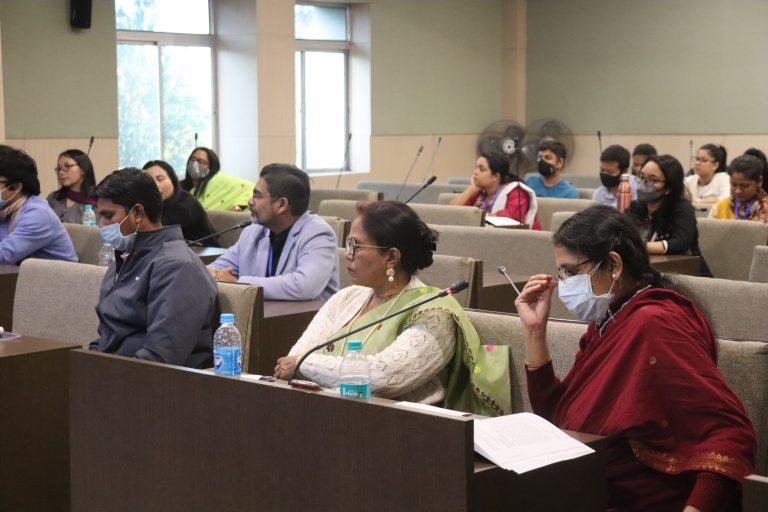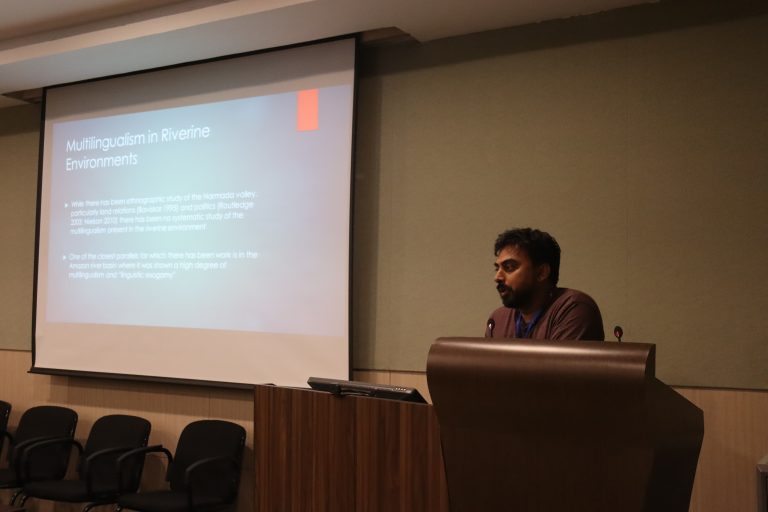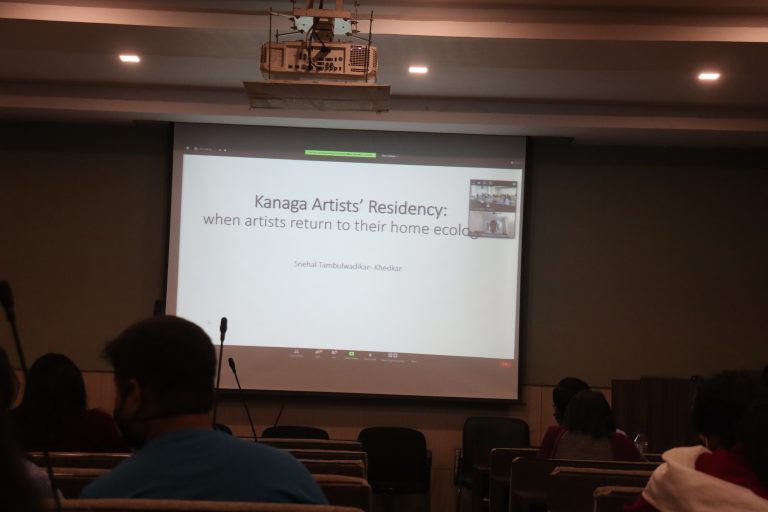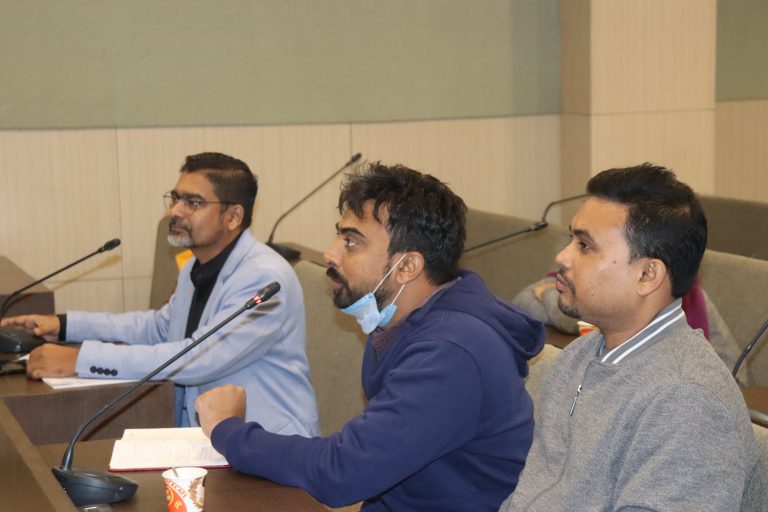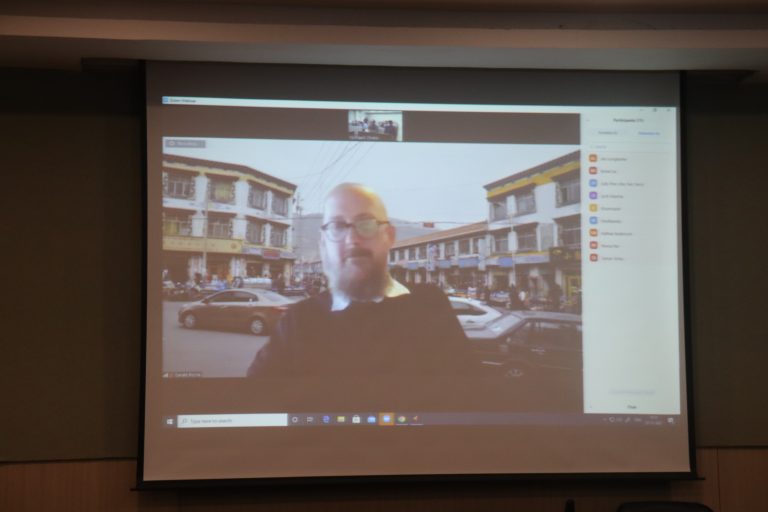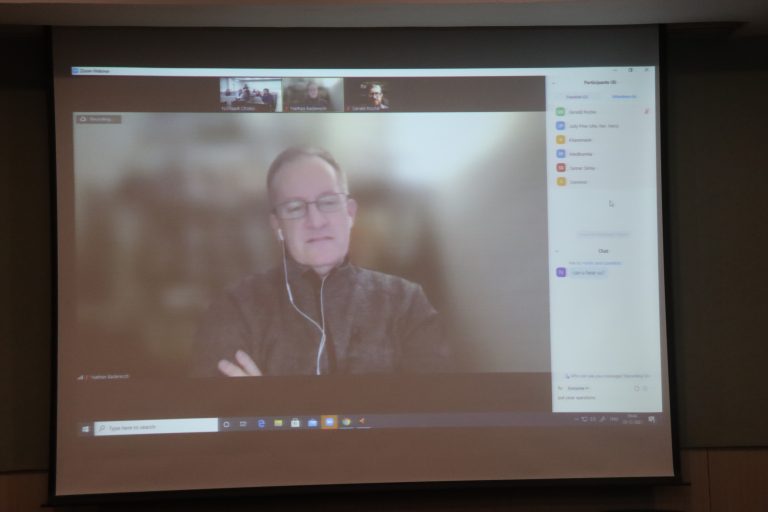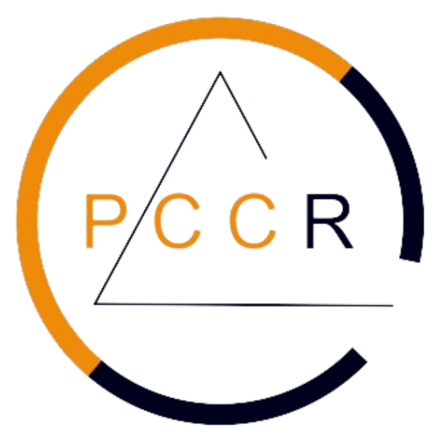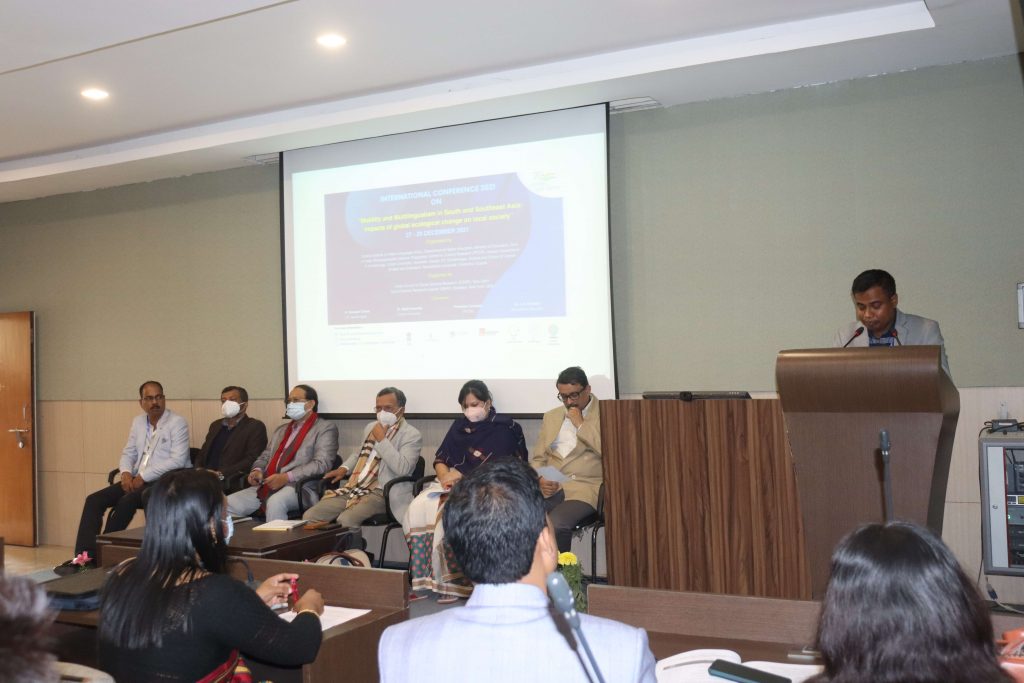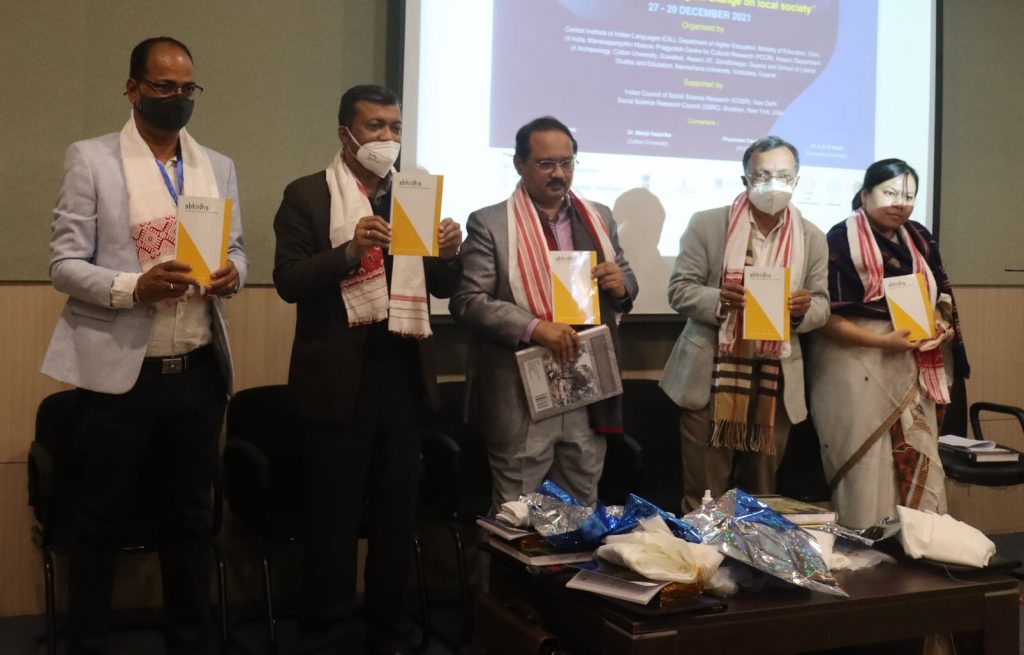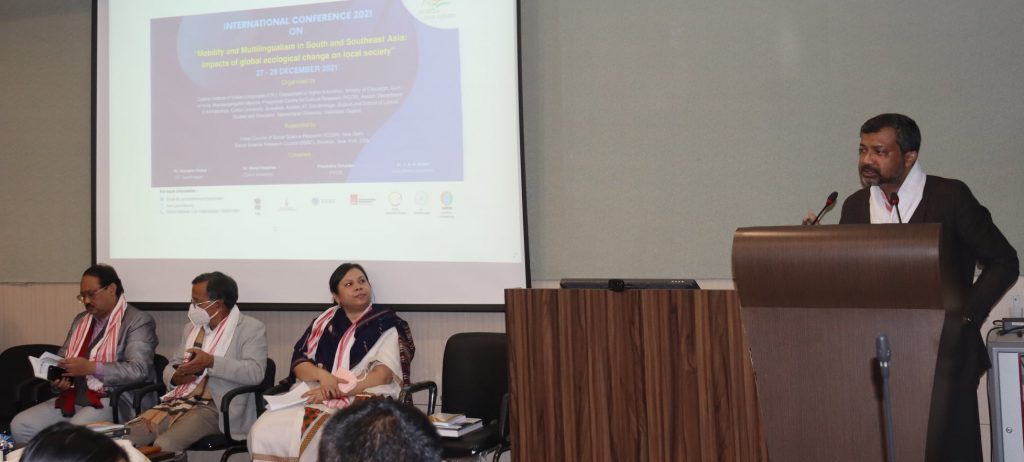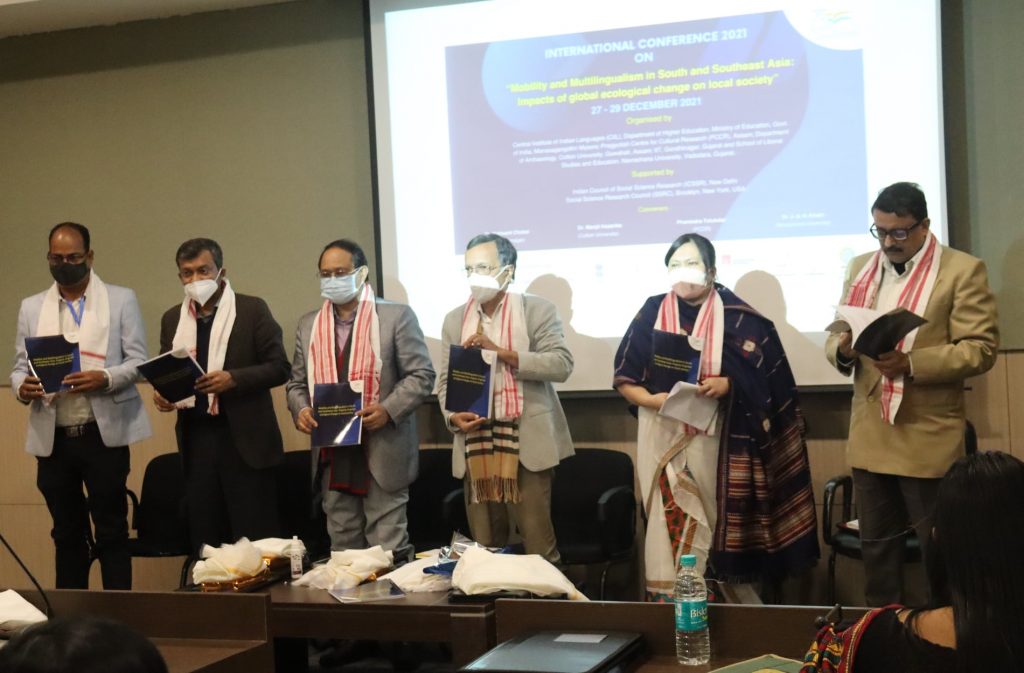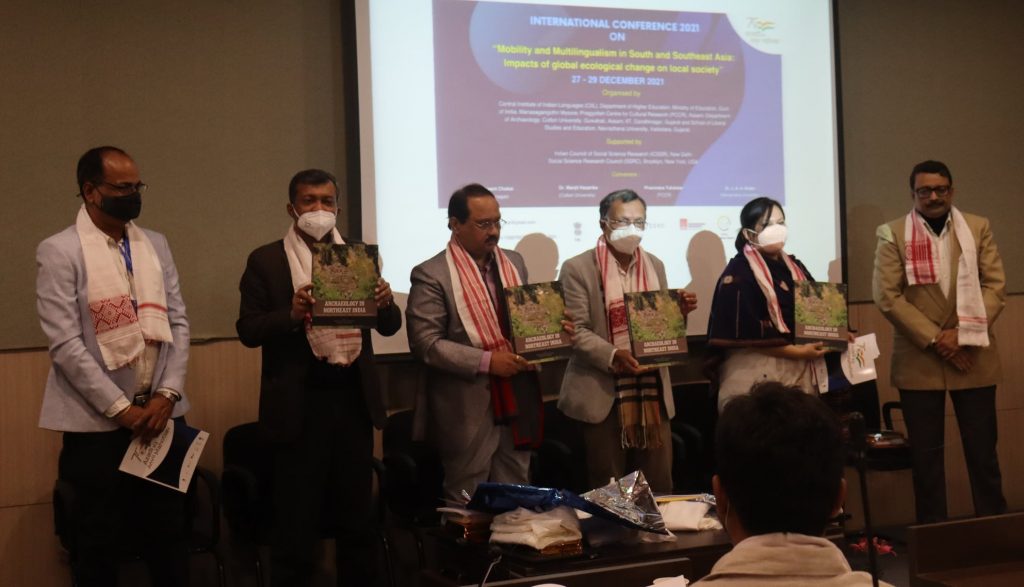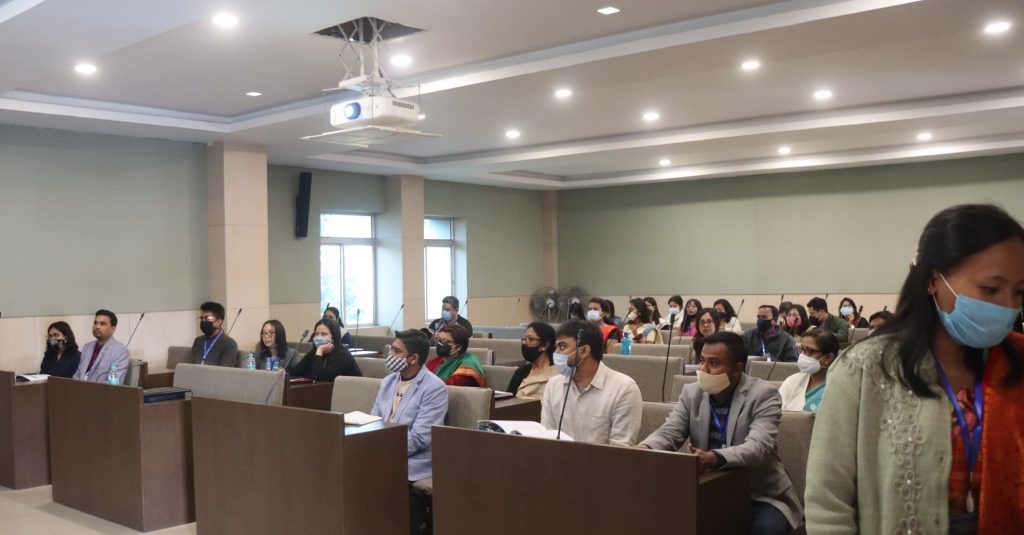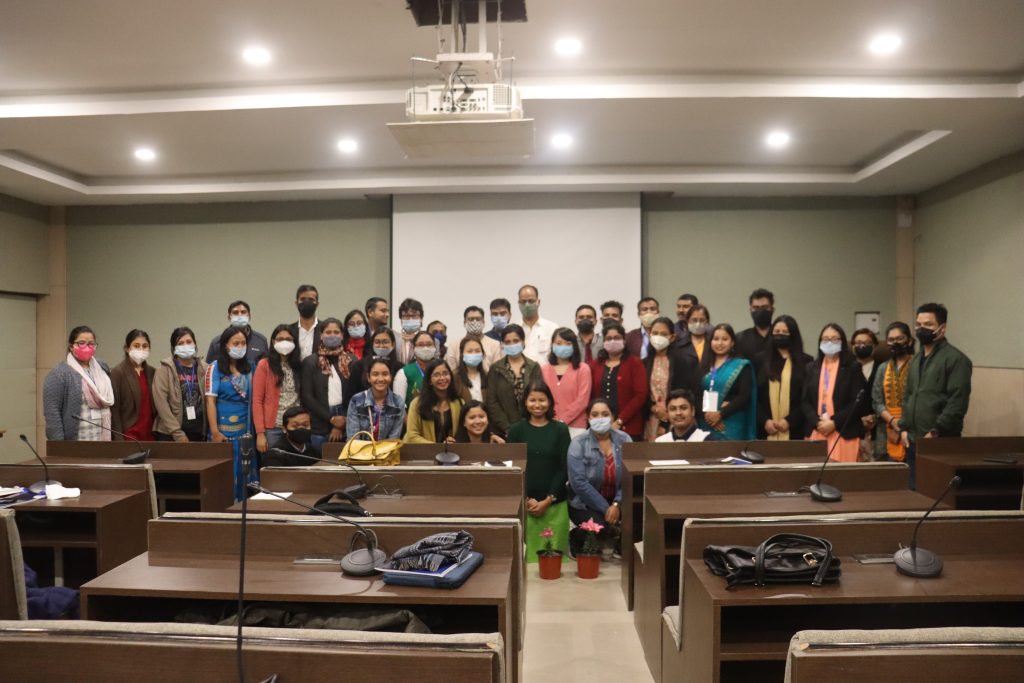International Conference 2021 on Mobility and Multilingualism in South and SouthEast ASIA: Impact of Global Ecological Change on Local Society
- Date: 27th, 28th, 29th, December, 2021 (Physical & Online)
- Venue of the International Conference 2021:
- Cotton University, Panbazar, Guwahati, PIN: 781001. Assam, INDIA
- Organizers:
- Central Institute of Indian Languages (CIIL),Department of Higher Education, Ministry of Education, Govt. of India.
- Pragjyotish Centre for Cultural Research (PCCR), Assam, India,
- Dr. Nishaant Choksi (IIT, Gandhinagar, Gujarat, India),
- Dr. Manjil Hazarika, (Department of Archaeology, Cotton University, Guwahati, Assam India),
- Dr. J. A. H. Khatri, (School of Liberal Studies and Education, Navarachana University, Vadodara, Gujarat, India)
- Supported by:
- Indian Council of Social Science Research (ICSSR), New Delhi
- Social Science Research Council (New York, USA)
- Conveners:
- Dr. Nishaant Choksi (IIT, Gandhinagar), Dr. Manjil Hazarika (Cotton University), Phanindra Talukdar (PCCR) & Dr. J. A. H. Khatri (Navrachana University)
Keynote Speakers:
- Prof. Shailendra Mohan: Director, Central Institute of Indian Languages (CIIL),Department of Higher Education, Ministry of Education, Govt. of India
- Dr. George van Driem: Director and Chair of Historical Linguistics Institute of Linguistics University of Bern, Bern, Switzerland
- Dr. Chandan Kumar Sharma: Professor Dept. of Sociology Head, Dept. of Social Work Tezpur University, Tezpur, Assam, INDIA
- Dr. Gerald Roche: Senior Research Fellow Department of Politics and Philosophy La Trobe University: Melbourne, VIC, AU
- Dr. Judith Pine: Professor Department of Anthropology Western Washington University, USA
Concept Note of the International Conference 2021
- Both throughout the history and the present moment, environmental change has driven new patterns of human nobility and settlement, and with it, has rearranged social relations. An important, but largely overlooked element of environmental change has been its impact on language, linguistic expression, cultural dialects and cultural heritage.
Threats to linguistic diversity are considered most commonly in terms of the loss of language due to restrictive government policies, market dynamics and demographic changes. The research field of bio-linguistics has demonstrated a spatial correlation between areas of high biological diversity and high linguistic diversity at the global level. For this international conference, we are interested in linguistic diversity as a dynamic mosaic of interlingual interactions that are created and maintained through multilingualism. The threats to linguistic diversity, cultural dialects, visual culture and cultural heritage encounter the human knowledge structure (the archaeology of knowledge). In this line of questioning, we seek to understand linguistic identity and linguistic expression as a matter of language use in multilingual mosaics, where individuals, households, communities and various networks of social interaction (the creative genres/agencies) draw upon multiple grammars, lexicons and pragmatic frameworks to navigate daily life.
We take as our site South Asia and Southeast Asia, both regions of intense linguistic diversity that are and have undergone various environmental changes throughout history. We look at how environmental change and mobility have impacted the multilingual mosaics in the various regions. We invite papers from various fields of inquiry including linguistics, literature, cultural studies, anthropology, archaeology, visual culture, sociology, education, development studies, environmental studies and other related fields.
Topics included:
– The impact of environmental change on linguistic and cultural expression such as visual culture and literature
– Studies of particular multilingual areas (such as Northeast India, Upper Mekong, Tribal areas) which have sustained environmental (natural or development-induced) change
– Discussion of migration on multilingualism and language use in various communities and peripheral areas
– Inter-related idea of “ecology” as part of language, culture and identity
– Historical or archaeological studies of environmental change and migration and its impact on languages and cultures
